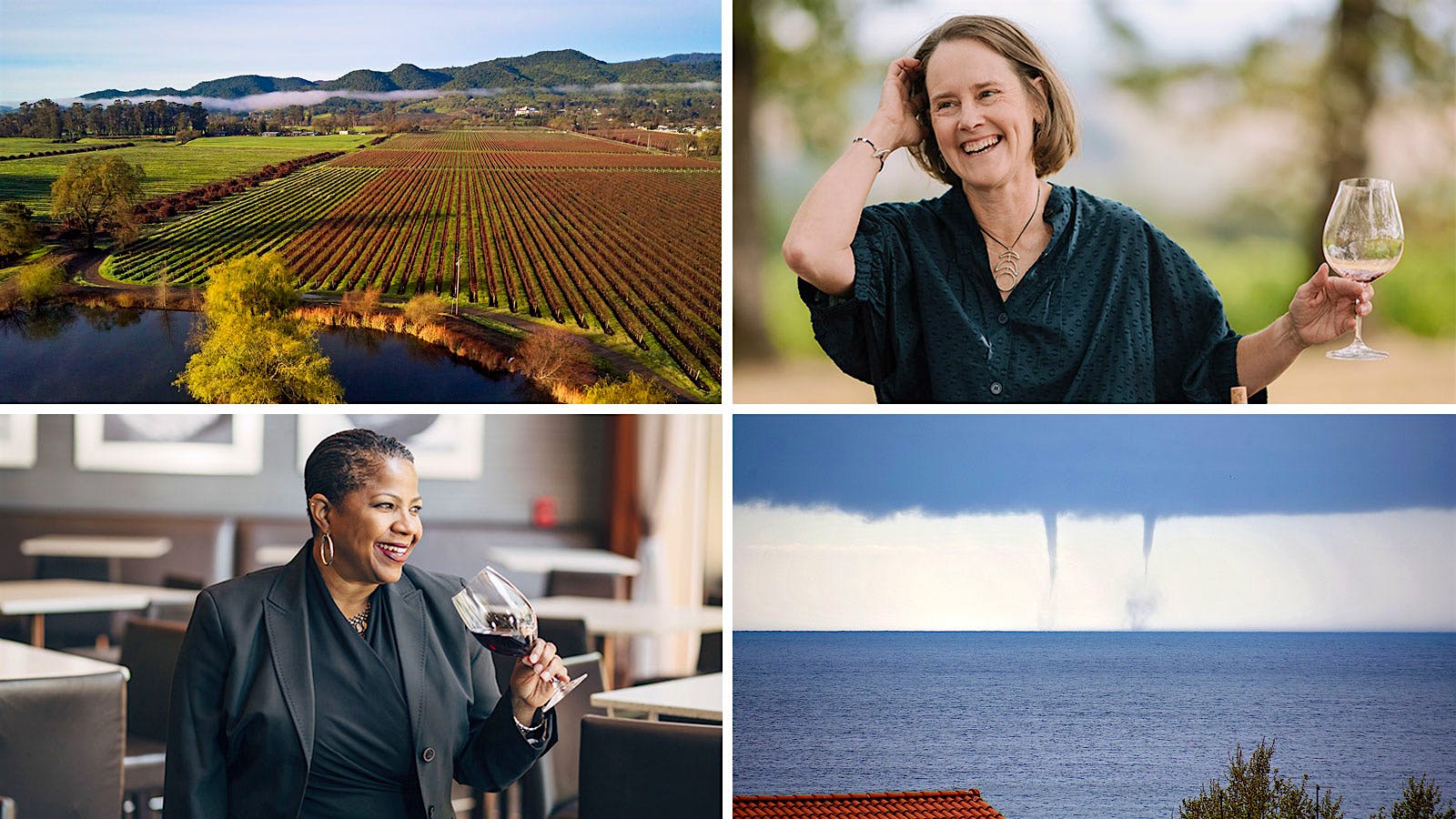The past 12 months have largely been a time of evolution for the wine and hospitality industries, as they push towards a post-pandemic recovery while trying to gain a better understanding of new consumers and wine’s place in everyday life.
Some of the most famous and reliable family-owned wine brands have changed hands, driven by economic forces and inheritance issues, signaling the possibility of more shifts to come. And previous challenges remain: Winemakers continue to battle a changing climate, with an unexpected, violent storm dealing a blow to France’s famed Châteauneuf-du-Pape appellation. The industry is still tested by crime, from fakes and outright thefts to grand investment schemes, such as one promising massive loans backed by rare French wines.
But the news was far from all bad. After they were dealt crushing blows during the peak of the COVID-19 pandemic, restaurants moved closer to stability and normalcy, with some even seeing growth. And research is improving our understanding of wine’s relationship to health, as wellness-conscious consumers look for new options from a changing industry with its eyes on the future.
Top News and Opinion Articles
1. New Study Suggests Red Wine Reduces COVID Infection Rates
The COVID-19 pandemic rapidly changed life around the world, killing millions, damaging businesses and leaving many people with lingering symptoms. Medical researchers moved quickly to better understand and, hopefully, counter the virus. Early this year, a study analyzed health data on nearly 500,000 U.K. residents and found that those who consumed one to two glasses of red wine per day had a lower risk of contracting COVID, when compared with non-drinkers. (Subjects who drank white wine also had a lower risk, though less significantly.) Wine lovers enthusiastically seized upon this news as a sign of hope and yet another reason to continue enjoying a nightly glass with dinner. But the study, published in the journal Frontiers in Nutrition, had some limitations, and its authors have called for further research. Nonetheless, it has offered a new step on the long path to understanding how moderate wine consumption relates to our personal health.
2. Wine Spectator Reveals 2022 Restaurant Award Winners
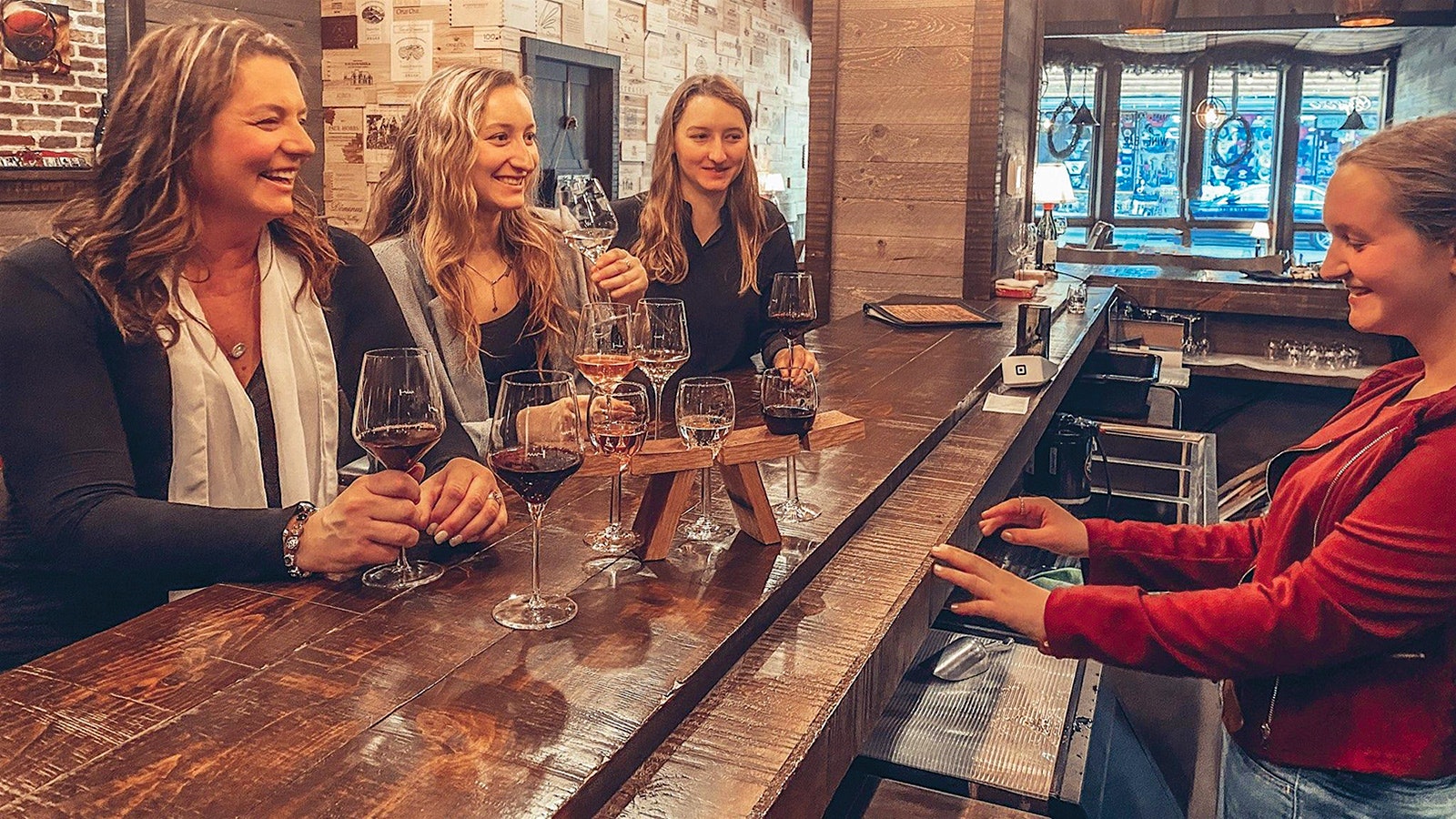
Restaurants were some of the hardest-hit businesses around the world during the COVID-19 pandemic, faced with rapid pivoting, slowed supply chains and trickling foot traffic. Sadly, this forced many establishments to close. However, thanks to vaccines and a better understanding of the virus, 2022 was largely a year of recovery for hospitality, and restaurants welcomed guests back with even more creative and ambitious wine programs. Wine Spectator celebrated their resilience and determination in 2022, honoring nearly 3,200 restaurants with Restaurant Awards, including well-known names and newcomers alike. Two restaurants were newly presented with our highest honor, the Grand Award: New York City’s Gabriel Kreuther and Napa Valley’s Press.
3, 4 and 6. Three Old-Guard Napa Wineries Change Hands

Consolidation has long been a part of the wine business, as estates outgrow their founders’ original vision, investors need to cash out, the next generation doesn’t want to take over and larger companies look to add to their portfolios to expand their market clout and create greater efficiency. In 2022, this trend extended to some of Napa’s best-known, pioneering, family-owned wineries.
- 3. In February, vintner Doug Shafer sold his family’s iconic Stags Leap District winery, Shafer Vineyards, to a Korean luxury firm, Shinsegae Property, for a reported $250 million. Shafer, who stayed on as president, hoped the sale would allow him to focus on other projects.
- 4. In June, California vintner Bill Foley expanded the Napa foothold of his company, Foley Family Wines, buying Silverado Vineyards from the Disney Miller family, with the purchase price estimated at $150 million. The deal included 300 acres of vineyards across three Napa subappellations. This followed the passing of Silverado’s founders, Ron Miller and Diane Disney Miller—the oldest daughter of Walt Disney—in 2019.
- 6. Later in the summer, luxury giant LVMH Moët Hennessy purchased Joseph Phelps Vineyards, producer of the iconic Insignia Cabernet blend, for an undisclosed sum. The deal included the winery, founded by Golden State wine pioneer Joseph Phelps and run by his son Bill for the past several years, as well as the brand name, inventory and 500 vineyard acres across Napa and Sonoma.
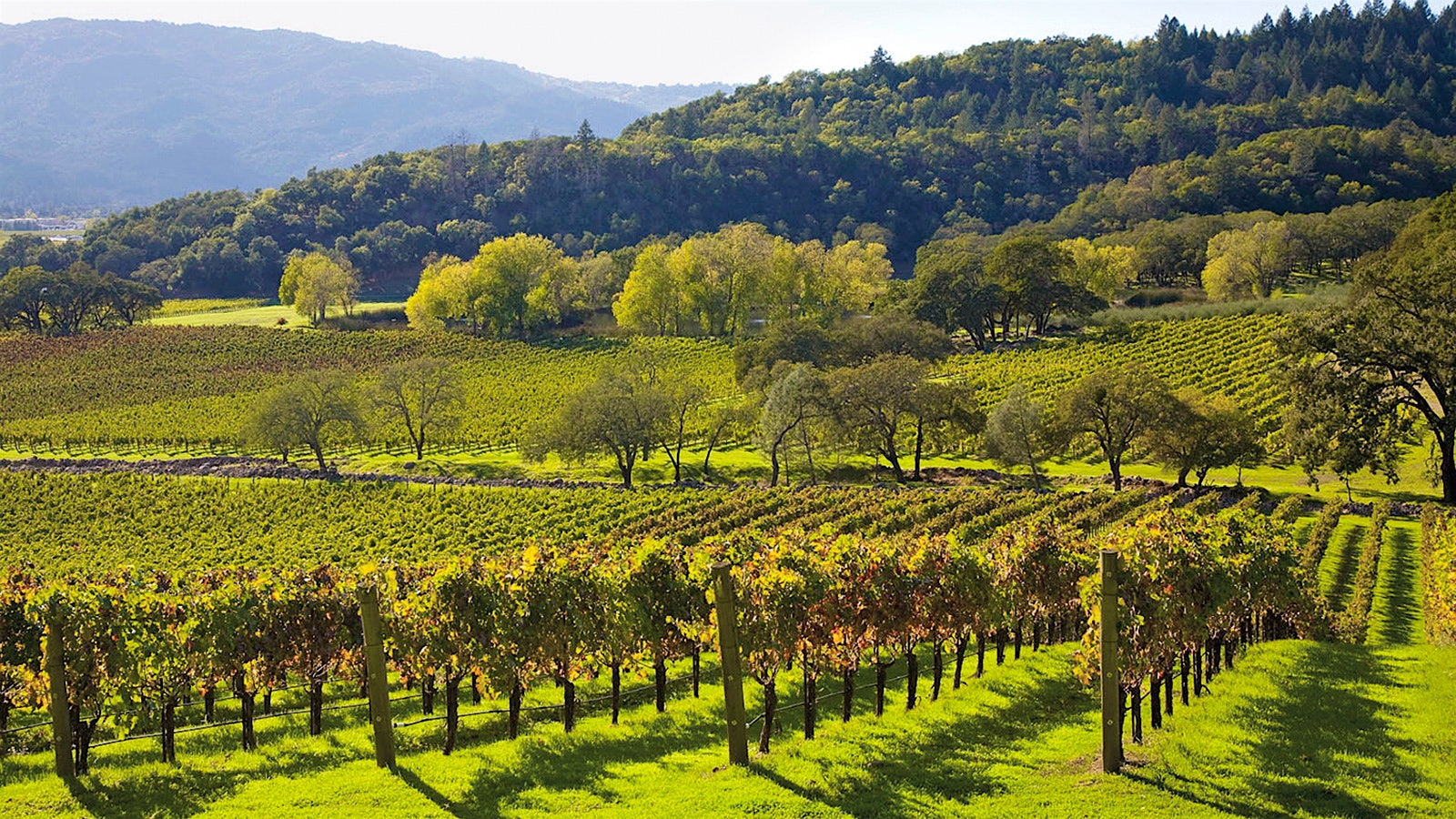
5. Are There Any Good Non-Alcoholic Wines?
In today’s health-conscious world, wine consumers are looking increasingly to “healthier” options like those in the emerging—and rapidly growing—category of “better for you” wines. As people try to cut back on their calories and alcohol intake, beverage companies have responded by producing more lower-alcohol and no-alcohol wines. But are these options worth trying? Senior editor Alison Napjus took a closer look at how the market for these wines is trending and the primary methods used to make them. She also sampled a range of de-alcoholized wines in a non-blind tasting, offering a glimpse at what consumers’ choices currently look like.
7. Tornado and Hail Devastate Famed Châteauneuf-du-Pape Vineyard
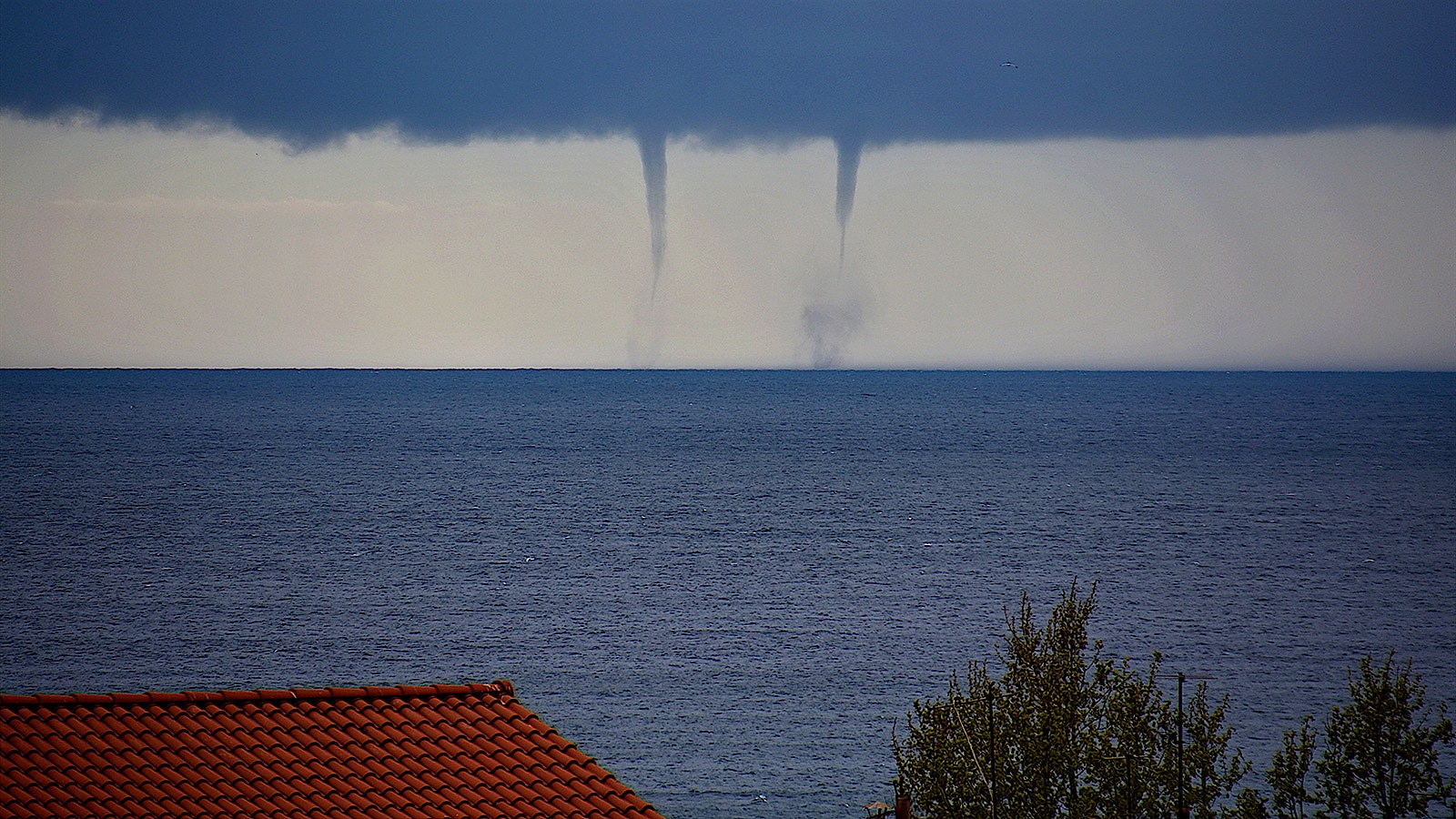
Winemakers across the globe continue to fight the effects of climate change, which are, at times, devastating. This was the case for winemakers in one of France’s best-known appellations, Châteauneuf-du-Pape, when the area was hit by an unusual storm in August, in a season already marked by extreme drought and wildfires in parts of Europe. On Aug. 14, a violent storm and a tornado battered vineyards with strong gusts and hailstones, particularly the acclaimed La Crau vineyard. The site is considered one of the finest in Châteauneuf-du-Pape and is a source of grapes for several leading domaines: Vieux Télégraphe, Château La Nerthe and Château de Nalys, to name a few. It was a particularly strange weather event for the south of France, with one French newspaper, Le Dauphiné Libéré calling it a “tornade Americaine” for its resemblance to storms in the U.S. South and Midwest. Though a significant La Crau harvest was lost—and such weather patterns remain a threat to vineyards worldwide—Châteauneuf vintners remained excited for the 2022 vintage and were grateful no one was hurt in the storm.
8. Cult Cabernet Collateral: How Two Men Allegedly Duped Investors with a Tale of Rare Wines

Crime and fraud continue to be two of the wine world’s other challenges, causing financial harm and damage to the reputations of leading regions, auction houses and restaurants, along with consumers who get caught up in scams or end up with bottles of questionable provenance in their cellars. Starting in 2015, two Englishmen—Stephen Burton and James Wellesley—began enticing investors to provide fast loans to wealthy borrowers–in-a-bind through their London-based wine brokerage, Bordeaux Cellars. With a promised return of 12 percent interest quarterly, the loans were supposedly secured with borrowers’ own rare wines. Too good to be true? Unfortunately, it appears so. In March, a grand jury in a U.S. District Court in Brooklyn indicted Burton and Wellesley on charges of money laundering and wire fraud to the tune of $99.4 million. According to the indictment, Burton and Wellesley’s borrowers did not exist; rather, they were shell corporations controlled by Burton. But by the time Wellesley was arrested Feb. 4, 2022, co-conspirator Burton, who had gone to jail in England in 2019 but got out early due to COVID, had gone missing. Read the full tale of how their Ponzi-style scheme unraveled!
9. Mixed Case: It’s Time for Wine to Wake Up
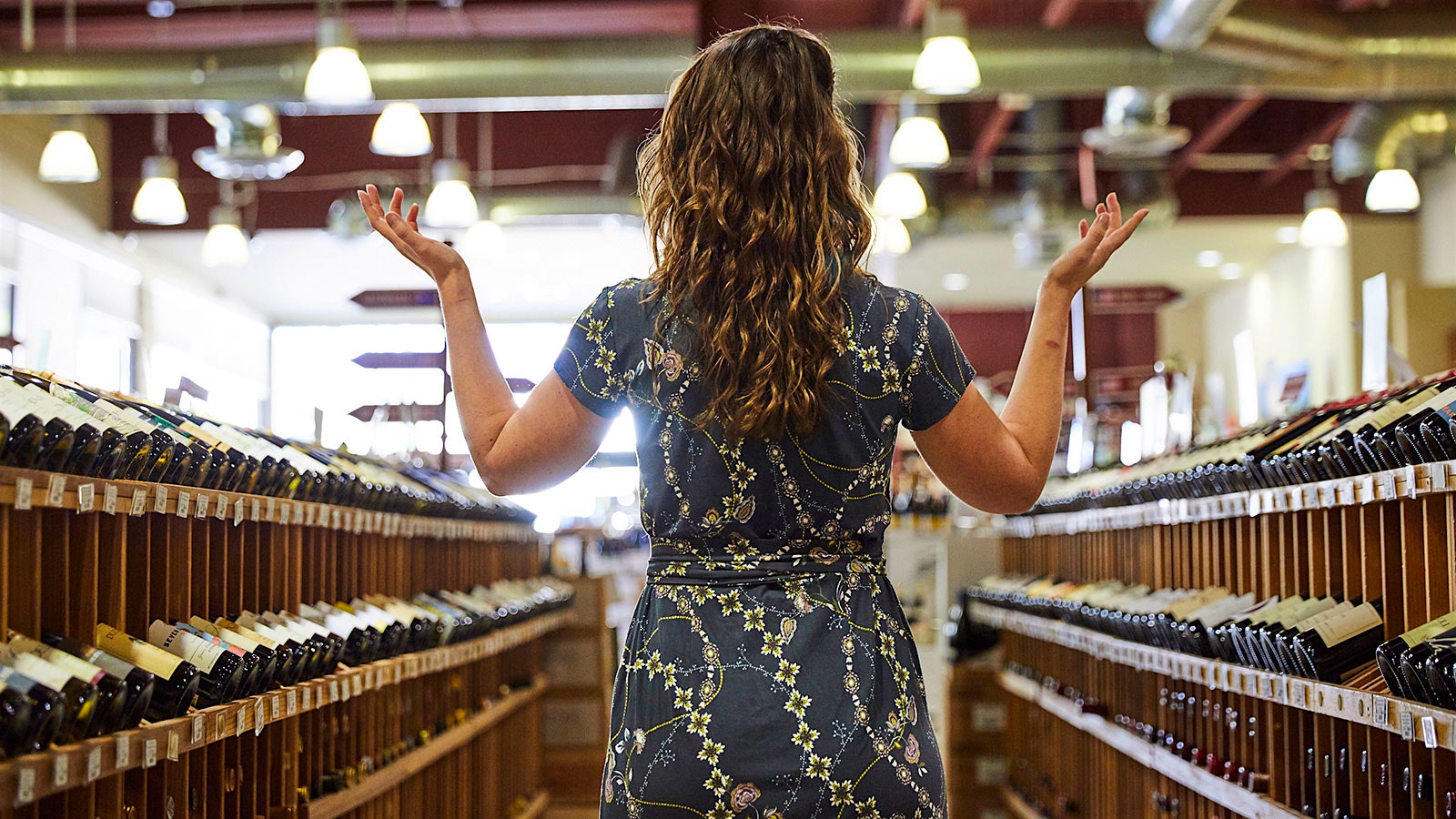
The wine industry has a serious problem: a shrinking consumer base. In the 2022 Silicon Valley Bank “State of the Wine Industry Report,” the founder and head of the bank’s wine division, Rob McMillan, foresaw rapid growth for alcohol sales as pandemic restrictions unwound. While this was true for some beverage categories, wine wasn’t among them. Demand for wine has actually been shrinking, as younger drinkers turn increasingly to alternatives, such as ready-to-drink cocktails, even as the canned wine category continues to grow. In this opinion piece, Wine Spectator senior editor and news editor Mitch Frank challenges wine companies to reach out to younger drinkers and offer them “affordable, quality wines,” while emphasizing wine’s appeal as an artisanal product (with few added ingredients) made by small farmers.
10. Oregon Pinot Noir Star Lynn Penner-Ash Moves On

A significant change in Oregon wine came this past October, with the retirement of one of the state’s leading winemakers and winery owners: Lynn Penner-Ash, who had worked across 41 harvests and, in that time, helped grow the Willamette Valley’s reputation worldwide. Before she departed, senior editor Tim Fish reflected upon her career and legacy. After years working at top California wineries like Domaine Chandon, Stag’s Leap Wine Cellars and Chateau St. Jean, Penner-Ash joined the team at Oregon’s Rex Hill. Among the first women winemakers in Oregon, Penner-Ash went on to become the winery’s president before leaving in 2002 to concentrate on her Penner-Ash label, alongside her husband, Ron, consistently achieving outstanding ratings for the Pinot Noirs. (Penner-Ash sold the winery to Jackson Family Wines in 2016.) Though her feelings about retirement were understandably mixed, Penner-Ash leaves an indelible mark on Oregon wine as she pursues new adventures and her favorite outdoor pastimes.
